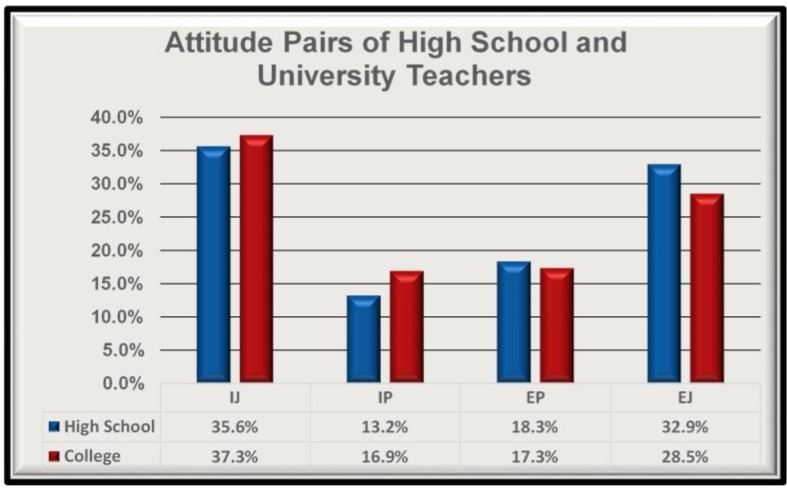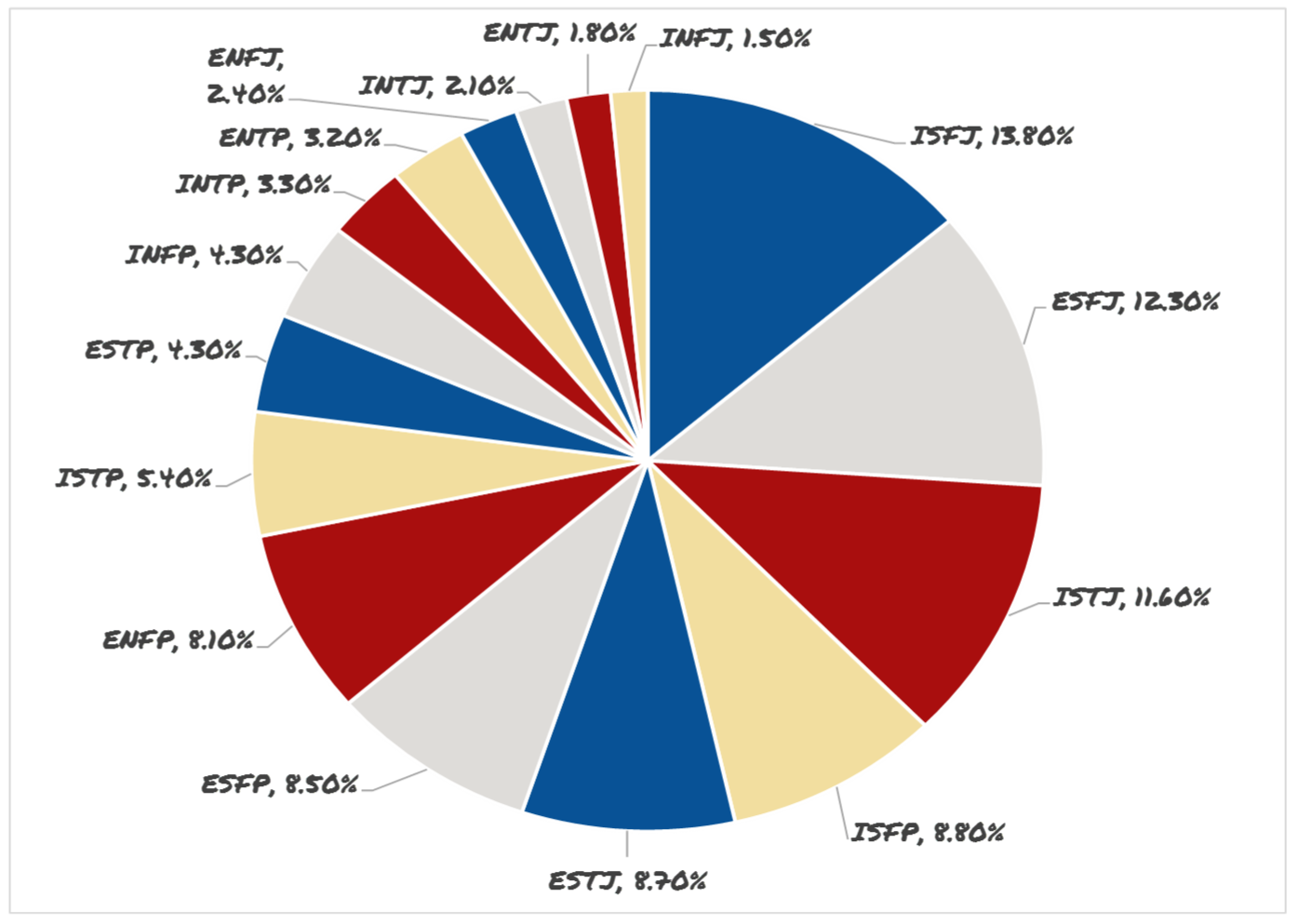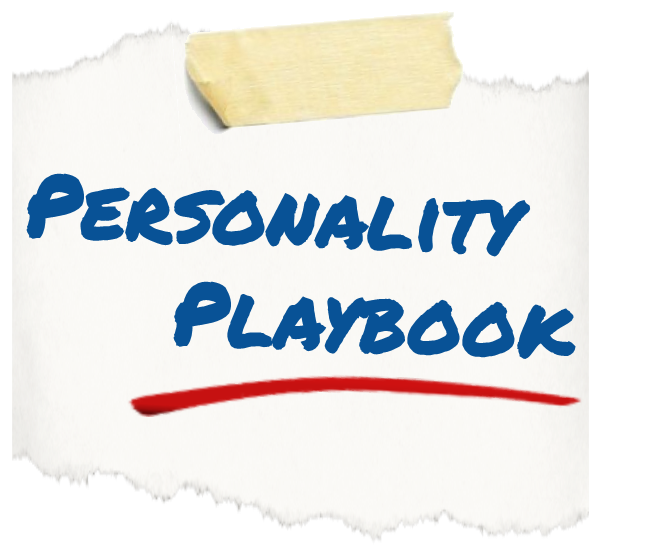
 It goes without saying that college is about learning, in and out of the classroom. I frequently hear individuals discussing whether they are visual, auditory, or tactile learners, but I do not often hear individuals talk about how MBTI® types impact learning styles. Below, I describe some of the key features that each possible type preference contributes to the learning process, and I have also added a description of each of the 16 types as a learner to the type descriptions. While these are not exhaustive descriptions, I hope they will provide insight into how Myers-Briggs relates to learning.
It goes without saying that college is about learning, in and out of the classroom. I frequently hear individuals discussing whether they are visual, auditory, or tactile learners, but I do not often hear individuals talk about how MBTI® types impact learning styles. Below, I describe some of the key features that each possible type preference contributes to the learning process, and I have also added a description of each of the 16 types as a learner to the type descriptions. While these are not exhaustive descriptions, I hope they will provide insight into how Myers-Briggs relates to learning.
E and I
- Extraversion – Learners who prefer Extraversion typically love to learn through action and interaction with others. They usually enjoy getting up, moving around, and talking out ideas.
- Introversion – Learners who prefer Introversion generally like to learn through reflection and having time to process ideas on their own. They also enjoy completing assignments on their own.
*On a side note, I used to believe that Introverts hated group projects and Extraverts loved them, but I was corrected over and over again by students, who told me that no one likes group assignments. While Extraverts usually report loving to work through ideas with others, both groups expressed a preference to be solely responsible for their grades.
S and N
- Sensing – People who prefer Sensing typically like to learn information that is practically relevant to the here and now, and they enjoy hearing real life examples of how the information has been used. They also like to involve as many senses as possible in learning and obtain thorough instructions for expectations up front.
- Intuition – People who prefer Intuition like abstractions and metaphors and doing things in their own way. They love to understand the gist of topics and minimize details wherever possible.
T and F
- Thinking – Individuals with a preference for Thinking generally like to learn about facts and logic in a factual and logical way from a professor or instructor who is highly competent, which is more important than likeability. They generally like straightforward feedback.
- Feeling – People who prefer Feeling like to learn in a harmonious environment, and they tend to value their relationships with professors… or at least the likeability of the professors. They generally like supportive feedback, and they like in class examples to be related to people.
J and P
- Judging – People who prefer Judging tend to begin projects with the end in mind, and they want to work steadily towards completion while checking off mile markers and finishing early.
- Perceiving – Individuals who prefer Perceiving like to study and work on assignments when the energy or mood is right. They tend to like to complete tasks in their own time.
*Note that all people procrastinate at times, regardless of type. Check out the article Misconceptions and Stereotypes of Judging and Perceiving Types for more information on this topic.
If you are an instructor or professor, you may be wondering how in the world you are supposed to teach 16 different ways, and I assure you that I am not suggesting that you should even attempt that dizzying and impossible feat. For that matter, you must also respect your own preferred teaching style. That being said, I hope that deepening knowledge in this area will help you understand what a student might need in a different way, when that student shows up for office hours. I also hope it sparks some ideas about how variety and options can be added to a course to improve learning. As always, I would love to hear your ideas on the topic and what has worked for you and your classes.
There are many books on this topic, including Looking at Type and Learning Styles by Gordon Lawrence, Ph.D., which I used as a reference in writing about learning styles. I highly encourage you to read one or many books on this topic, and you may also like to read my previous post about Sensing and Intuition in the College Classroom. These publications can be useful for students and teachers alike.
As always, I thank you for reading. I am sure this is not my last post on learning styles, and I would love to hear any requests you may have for this or other topics for future posts.




